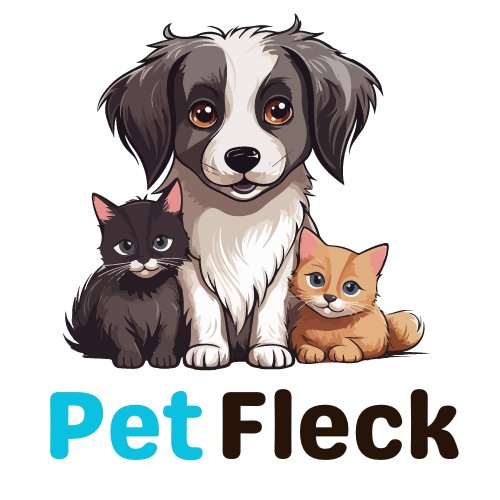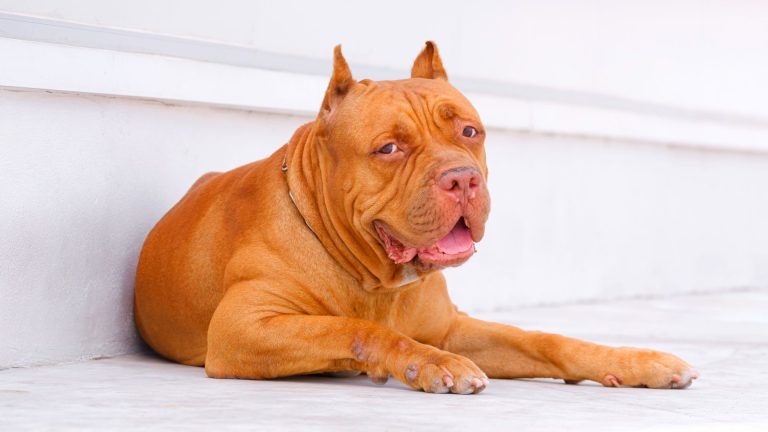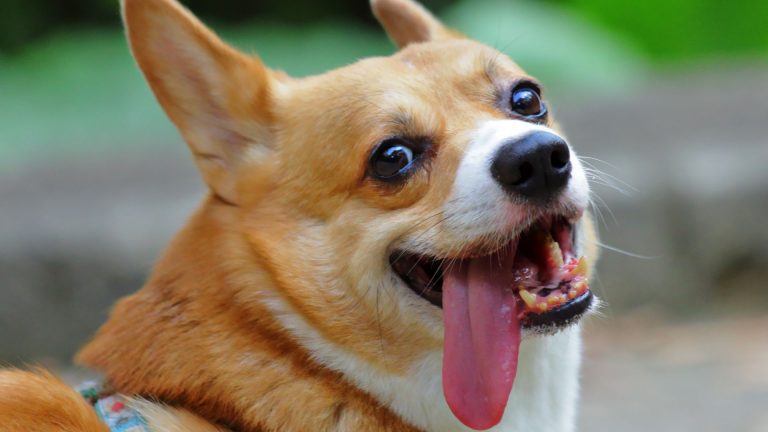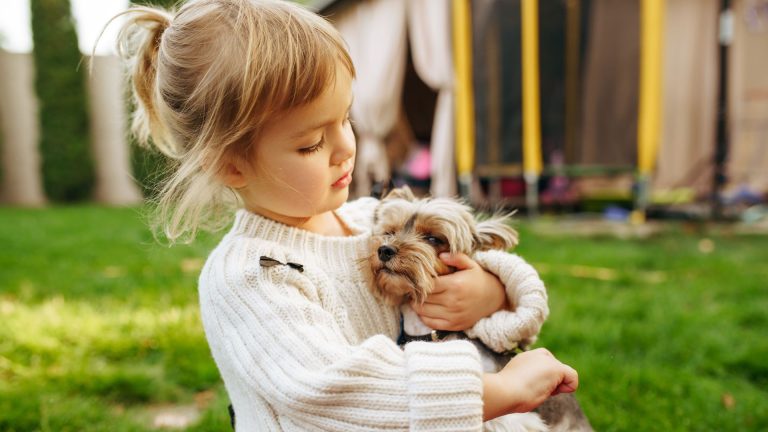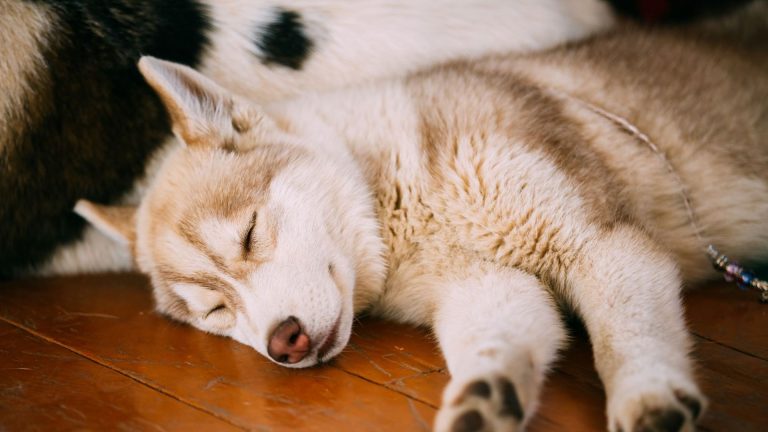
Contents
Corgis are beloved for their charming looks and lively personalities. These small, sturdy dogs have gained immense popularity worldwide. Their playful nature and loyalty make them excellent companions for families and individuals alike. Understanding the different types of Corgi coats is crucial for potential and current owners. The coat type affects not only the dog’s appearance but also its grooming and care needs. Different coats require varying levels of maintenance and can influence how much a Corgi sheds.
By knowing the specific characteristics of each coat type, owners can better manage grooming routines and ensure their Corgi stays healthy and happy. This guide will explore the various types of Corgi coats, offering insights into their features and care requirements.
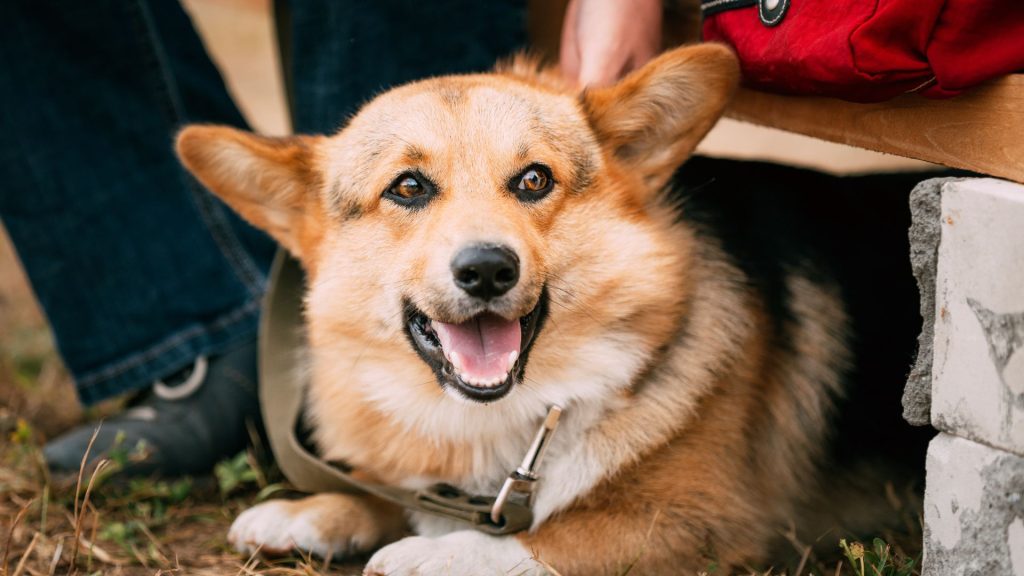
Overview of Corgi Breeds
The Pembroke Welsh Corgi is a popular and well-loved breed. Known for their short legs and long bodies, Pembrokes are energetic and affectionate. They typically have a docked tail, which distinguishes them from their Cardigan relatives. Pembrokes are intelligent and quick learners, making them excellent for various activities and training.
Cardigan Welsh Corgi
The Cardigan Welsh Corgi is the older of the two Corgi breeds. Cardigans have a more robust build and slightly longer bodies compared to Pembrokes. One of the most notable differences is their tail, which is long and bushy. Cardigans are also known for their rounded ears, in contrast to the Pembroke’s pointed ears. They are equally intelligent and make loyal companions.
Differences and Similarities
While both breeds share a similar background and some physical traits, several key differences set them apart. Pembrokes have a docked tail, while Cardigans have a long, bushy tail. Pembrokes often have pointed ears, whereas Cardigans have rounded ears. In terms of personality, both breeds are friendly, intelligent, and active, but Cardigans tend to be slightly more reserved with strangers.
Despite these differences, both breeds require similar care and attention. Understanding these nuances helps potential owners choose the right Corgi breed for their lifestyle. Both Pembroke and Cardigan Welsh Corgis make wonderful pets, each with unique traits that appeal to dog lovers.
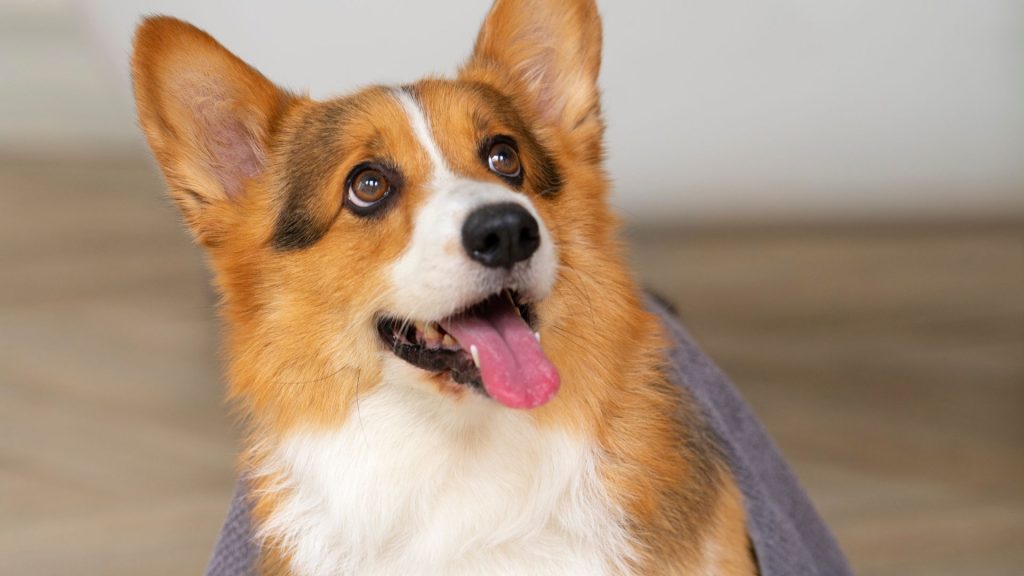
Types of Corgi Coats
Both Pembroke and Cardigan Welsh Corgis boast a variety of coat types. Typically, Corgis have a double coat consisting of a soft, insulating undercoat and a coarser, weather-resistant outer coat. This double coat helps them stay comfortable in various weather conditions.
Pembroke Welsh Corgi Coat Types
Pembroke Corgis generally have shorter, denser coats. Their fur can be straight or slightly wavy. The coat is designed to shed dirt and resist water, making it relatively low-maintenance compared to other breeds. Despite the shorter length, regular grooming is still necessary to keep their coat healthy and clean.
Cardigan Welsh Corgi Coat Types
Cardigan Corgis often have slightly longer coats compared to Pembrokes. Their fur can also be straight or wavy, with a similar double coat structure. The longer coat might require more frequent grooming to prevent tangles and mats. Cardigans’ coats also shed dirt and water but need extra care due to the increased length.
Importance of Coat Type in Terms of Grooming and Care
The type of coat a Corgi has directly influences its grooming needs. Shorter coats, like those of Pembroke Corgis, generally require less frequent grooming but still benefit from regular brushing to remove loose fur and prevent matting. Longer coats, such as those found in Cardigan Corgis, need more attention to prevent tangles and maintain a healthy shine.
Understanding the specific coat type helps owners provide the right care. Regular brushing, occasional baths, and proper seasonal grooming are essential to keep a Corgi’s coat in top condition. Knowing the coat type ensures owners can manage shedding, maintain cleanliness, and keep their Corgi comfortable throughout the year.
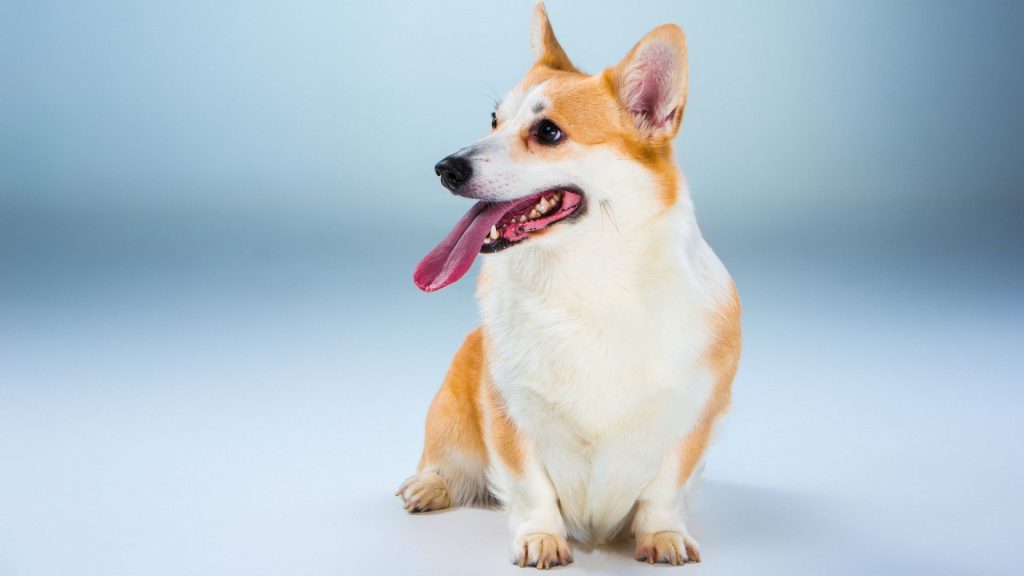
Short Coats
Corgis with short coats typically have fur that lies close to their bodies, giving them a sleek and tidy appearance. These coats are dense and straight, with a soft undercoat that provides insulation. The outer coat is coarser and water-resistant, which helps keep the Corgi dry and clean. Short-coated Corgis often appear more streamlined and their coat requires less frequent grooming compared to longer-haired varieties.
Grooming Needs and Maintenance
Short-coated Corgis still need regular grooming to maintain a healthy coat. Weekly brushing is sufficient to remove loose hair, prevent matting, and distribute natural oils across their skin and fur. A slicker brush or a bristle brush works well for this purpose. Although short coats are less prone to tangling, it’s important to check for and remove any debris that might get caught in their fur.
Bathing should be done every few months or as needed, depending on the dog’s activity level and environment. Use a mild dog shampoo to avoid drying out their skin. Regular ear cleaning, teeth brushing, and nail trimming are also essential parts of their grooming routine. During shedding seasons, which typically occur twice a year, more frequent brushing may be necessary to manage the increased hair loss.
Benefits of Short Coats
Short coats have several advantages for both the Corgi and the owner. They require less maintenance and grooming compared to longer coats, making them a practical choice for busy owners. The sleek appearance of short-coated Corgis is easier to manage, and they are less likely to accumulate dirt and debris. Additionally, short coats can help Corgis stay cooler in warmer climates, reducing the risk of overheating.
In summary, short-coated Corgis offer a low-maintenance option for those who prefer a sleek, easy-to-care-for pet. Regular grooming ensures their coat remains healthy and clean, providing a comfortable and appealing appearance.

Medium Coats
Medium-coated Corgis have fur that is longer than short coats but not as lengthy as the fluffy variety. Their coats are dense, with a soft undercoat that provides warmth and a medium-length outer coat that offers protection against the elements. The texture of the outer coat can be straight or slightly wavy, giving these Corgis a fuller, more plush appearance.
Grooming Needs and Maintenance
Caring for a medium-coated Corgi involves regular grooming to keep their fur in good condition. Brushing their coat two to three times a week helps remove loose hair, prevent tangles, and distribute natural oils. A combination of a slicker brush and a comb works well for medium coats, ensuring that both the undercoat and outer coat are properly maintained.
Bathing should be done every six to eight weeks or as needed, using a gentle dog shampoo to avoid skin irritation. During shedding seasons, more frequent brushing is essential to manage the increased hair loss and keep the coat looking tidy. Regular grooming also includes ear cleaning, teeth brushing, and nail trimming to ensure overall health and hygiene.
Benefits of Medium Coats
Medium coats offer a balanced mix of manageability and protection. They provide adequate insulation for colder weather while still being relatively easy to maintain. Medium-coated Corgis often shed less than their long-coated counterparts, making them a suitable choice for owners who want a fuller coat without the high maintenance of a fluffy coat. The plush appearance of medium coats gives these Corgis an attractive and well-groomed look, enhancing their overall appeal.
In conclusion, medium-coated Corgis strike a good balance between appearance and maintenance. With regular grooming, their coats remain healthy and beautiful, providing the perfect blend of warmth, protection, and aesthetic appeal.
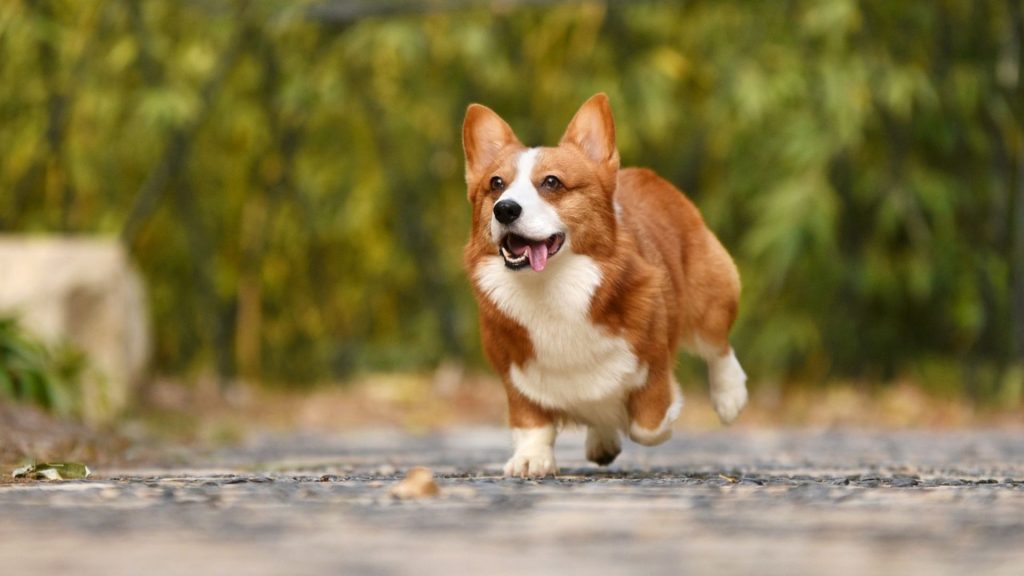
Long Coats (Fluffy Corgis)
Long-coated, or “fluffy,” Corgis have fur that extends well beyond the typical Corgi length, giving them a distinctly luxurious and soft appearance. Their coats are dense and often wavy, with a thick undercoat providing substantial insulation. The outer coat is longer and softer than that of short or medium-coated Corgis, creating a fuller, fluffier look. This type of coat is particularly eye-catching, making fluffy Corgis stand out.
Grooming Needs and Maintenance
Caring for a long-coated Corgi requires a more rigorous grooming routine. Brushing their coat at least three to four times a week is essential to prevent matting and tangles. A slicker brush, comb, and detangling spray can help manage their thick fur. During shedding seasons, daily brushing is recommended to handle the increased hair loss and keep the coat neat.
Bathing should occur every four to six weeks or as needed, using a mild dog shampoo to maintain the coat’s softness and shine. Regular grooming should also include ear cleaning, teeth brushing, and nail trimming to ensure overall health. Additionally, checking for and removing any debris that can get caught in their long fur is crucial to prevent skin issues.
Benefits and Challenges of Long Coats
Long coats offer a beautiful and plush appearance that many find appealing. The fluffy look is unique and gives these Corgis a distinctive charm. However, long coats come with challenges. They require more frequent grooming to prevent matting and tangling. Maintaining a clean and healthy coat can be time-consuming, especially during shedding seasons. Long-coated Corgis are also more prone to collecting dirt and debris, which means more frequent baths and inspections.
While long-coated Corgis are undeniably beautiful, they require a dedicated grooming routine to keep their fur in optimal condition. The benefits of their luxurious appearance come with the challenge of regular maintenance, but with proper care, these fluffy Corgis can thrive and remain stunningly attractive.
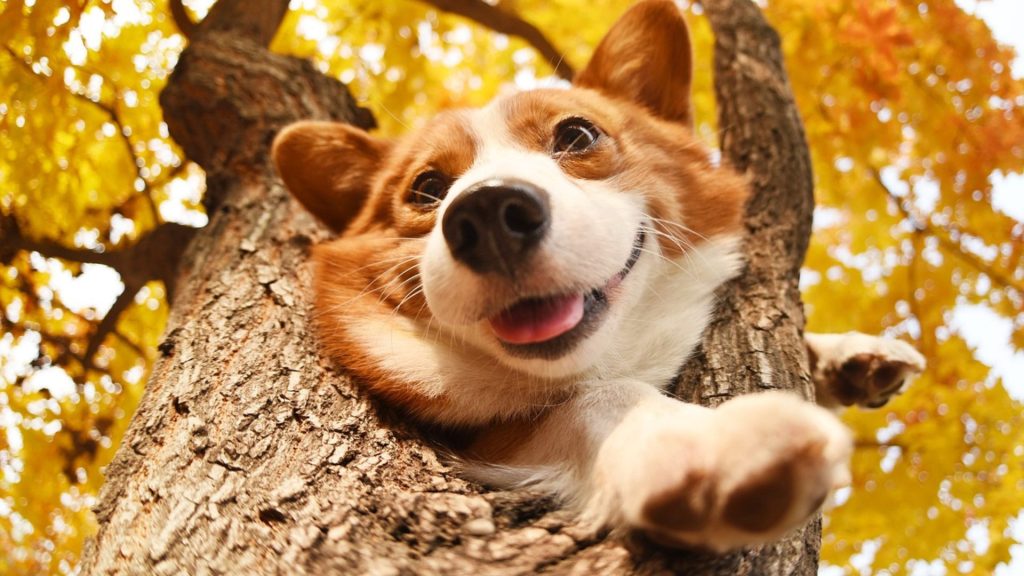
Coat Colors and Patterns
Corgis come in a variety of striking coat colors. Red is a common color, ranging from a light, golden hue to a deep, rich red. Sable coats feature a blend of red with black-tipped hairs, giving a shaded effect. Fawn coats are a lighter, softer shade of brown, often with a hint of yellow. Black and tan Corgis have a solid black coat with tan markings on the face, legs, and chest. Blue merle, unique to Cardigan Welsh Corgis, displays a mottled mix of gray, black, and white, creating a marbled effect.
Typical Patterns: Brindle, Tricolor, and Bi-Color
Corgi coats also showcase a variety of patterns. Brindle patterns, found in Cardigans, consist of streaks of dark color on a lighter base, often red or fawn. Tricolor Corgis feature three distinct colors, usually black, white, and tan. Pembrokes and Cardigans can both have tricolor patterns. Bi-color coats, common in Pembrokes, consist of two colors, typically red and white or black and white. These patterns add to the visual appeal and uniqueness of each Corgi.
Genetic Factors Influencing Coat Color and Pattern
Coat color and pattern in Corgis are determined by genetics. Specific genes control the distribution and intensity of pigments in the fur. For instance, the “A” locus gene influences the sable and tricolor patterns, while the “K” locus gene affects the presence of black and brindle. The merle gene, responsible for the blue merle pattern, causes the mottled appearance by affecting pigment distribution during development.
Inheritance of these genes follows Mendelian principles, where dominant and recessive alleles play a role. Breeding two Corgis with specific colors or patterns can result in predictable outcomes, although genetic variability can still produce unexpected results. Responsible breeding practices ensure that desirable traits are maintained without compromising the health of the dogs.
In conclusion, Corgis’ coat colors and patterns are diverse and influenced by a combination of genetic factors. Understanding these aspects helps appreciate the unique beauty of each Corgi and informs responsible breeding practices. Whether red, sable, fawn, black and tan, or blue merle, each Corgi’s coat tells a story of its genetic heritage and adds to its charm.
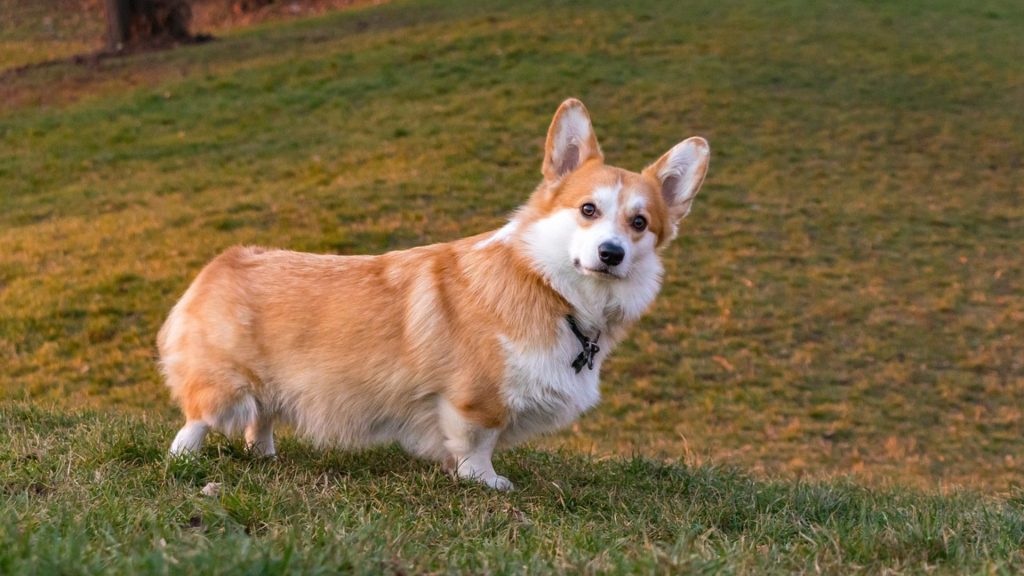
Grooming and Maintenance
Corgis, regardless of their coat type, require regular grooming to maintain a healthy and attractive appearance. Brush your Corgi’s coat at least two to three times a week to remove loose fur and prevent matting. Use a slicker brush or a bristle brush to reach both the undercoat and outer coat. Bathing should be done every six to eight weeks or as needed, using a mild dog shampoo to avoid skin irritation. Regular ear cleaning, teeth brushing, and nail trimming are also essential to keep your Corgi in good health. Check for any signs of skin issues, such as redness or flakiness, during grooming sessions and consult your vet if you notice any problems.
Seasonal Shedding and How to Manage It
Corgis experience seasonal shedding, typically in the spring and fall. During these times, they shed their undercoat to adjust to the changing temperatures. Increased grooming is necessary to manage the excess hair and prevent it from accumulating around your home. Daily brushing during shedding seasons helps remove loose fur and reduces the amount of hair that ends up on your furniture and floors. Using a deshedding tool, such as a Furminator, can be particularly effective in handling the heavy shedding periods.
Tools and Products for Effective Grooming
Having the right tools and products makes grooming your Corgi more efficient and effective. A slicker brush is excellent for removing loose hair and preventing mats. A deshedding tool is valuable during seasonal shedding, helping to reach the dense undercoat. For long-coated Corgis, a detangling spray can assist in managing tangles and keeping the coat smooth. A bristle brush works well for finishing touches, leaving the coat shiny and smooth. Use a mild dog shampoo for regular baths, and consider a moisturizing conditioner to keep the coat soft and healthy. Nail clippers, ear cleaning solutions, and dog toothpaste are also important for comprehensive grooming.
In summary, regular grooming is essential for all Corgi coat types to maintain their health and appearance. Managing seasonal shedding and using the right tools and products ensures that your Corgi remains comfortable and looks its best throughout the year.

Health Considerations
Corgis, like all breeds, can experience various skin and coat issues. Common problems include allergies, dermatitis, and hot spots. Allergies can cause itching, redness, and hair loss, while dermatitis results in inflamed, irritated skin. Hot spots, or acute moist dermatitis, are painful, infected areas caused by excessive licking or scratching. Additionally, Corgis may suffer from seborrhea, a condition that leads to flaky, oily, and smelly skin.
Preventive Measures and Treatments
Preventive measures are essential to maintaining your Corgi’s skin and coat health. Regular grooming helps identify issues early and keeps the coat clean and free of debris. Use hypoallergenic shampoos to reduce the risk of skin irritation and consider omega-3 fatty acid supplements to promote skin health. If your Corgi shows signs of allergies, consult your vet to identify and eliminate allergens. For hot spots, keep the affected area clean and dry, and use vet-recommended topical treatments to heal the skin. Seborrhea can be managed with medicated shampoos and dietary adjustments. Always address underlying causes of skin issues, such as parasites or infections, to prevent recurrence.
Importance of Regular Veterinary Check-Ups
Regular veterinary check-ups are crucial for detecting and managing skin and coat issues. During these visits, your vet can identify early signs of problems and recommend appropriate treatments. Routine check-ups also allow for preventive care, such as vaccinations and parasite control, which are vital for your Corgi’s overall health. By maintaining a schedule of regular vet visits, you ensure that your Corgi receives timely care and intervention, leading to a healthier and happier life.
In conclusion, being proactive about skin and coat care, implementing preventive measures, and scheduling regular vet check-ups are essential for keeping your Corgi healthy and comfortable.
Conclusion
Understanding the different types of Corgi coats is crucial for providing proper care and ensuring your pet’s well-being. Each coat type—short, medium, or long—has specific grooming needs and maintenance requirements. Short coats are low-maintenance, medium coats strike a balance, and long coats, though beautiful, require more dedication.
By matching the coat type to your lifestyle and grooming capabilities, you can ensure your Corgi remains healthy, comfortable, and well-groomed. This knowledge helps in managing shedding, preventing skin issues, and keeping your Corgi looking its best, fostering a happy and healthy life for your beloved pet.

Hello, I’m Donna Carter, the founder and writer behind PetFleck.com. My journey with dogs started years ago, and it’s been a passion that has only grown stronger over time. I’ve always been fascinated by the unique behaviors and characteristics of different dog breeds, and this curiosity has led me to dive deep into the world of canine studies.
My love for dogs is the driving force behind everything I do. I’ve dedicated countless hours to researching and understanding the nuances of dog care, training, and breed-specific traits. This dedication helps me create content that is not only informative but also genuinely helpful for fellow dog lovers and owners.
At PetFleck, I combine my extensive knowledge and hands-on experience with my passion for dogs to provide valuable insights and tips. Whether it’s exploring different breeds or offering practical advice on dog care, I aim to share knowledge that makes a real difference in the lives of dogs and their families.
I’m thrilled to share my love for dogs with you through my writing. I hope my articles inspire and inform, helping you to better understand and appreciate the incredible bond we share with our furry friends.
Thank you for visiting PetFleck.com, and I look forward to connecting with you through our shared love of dogs!
